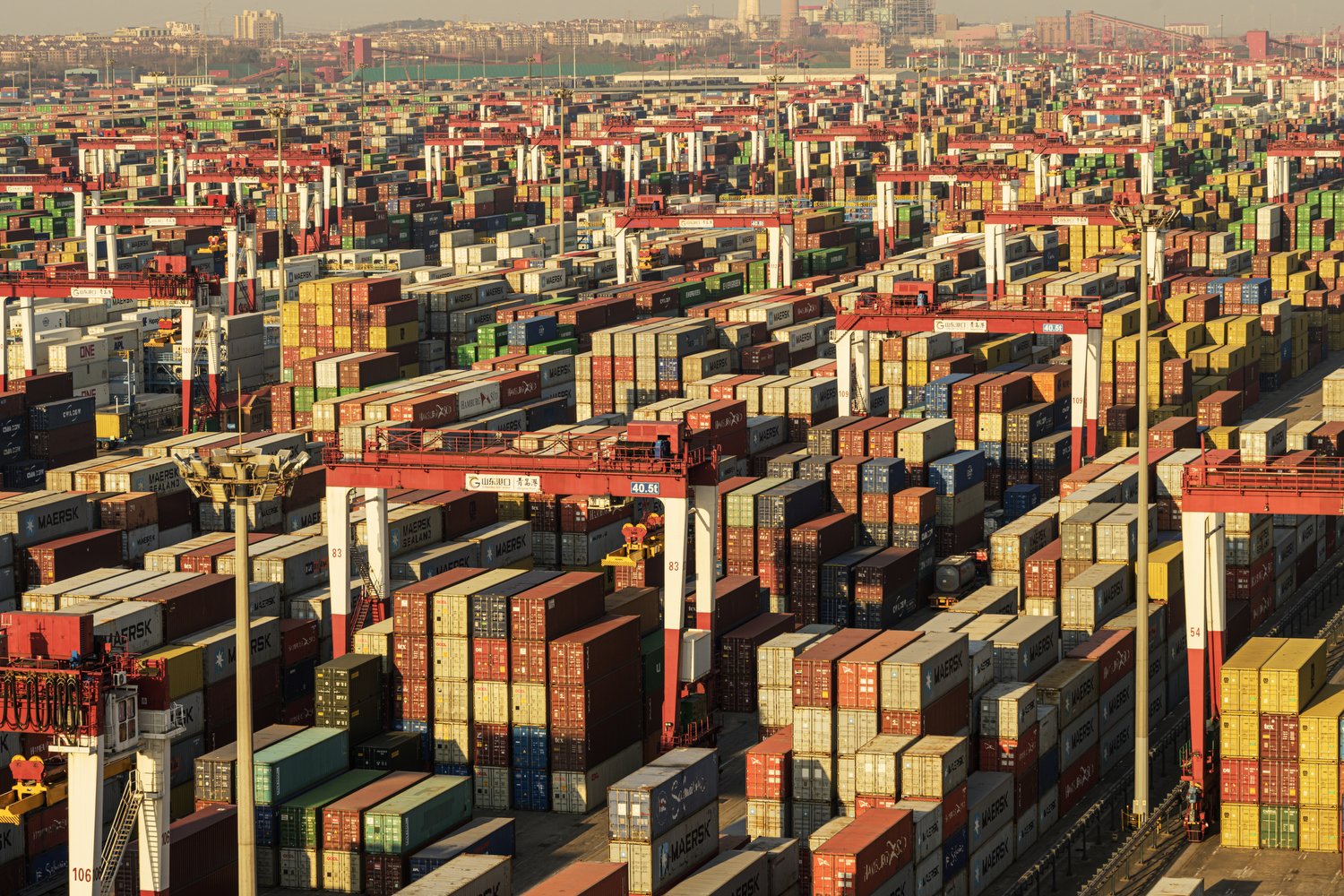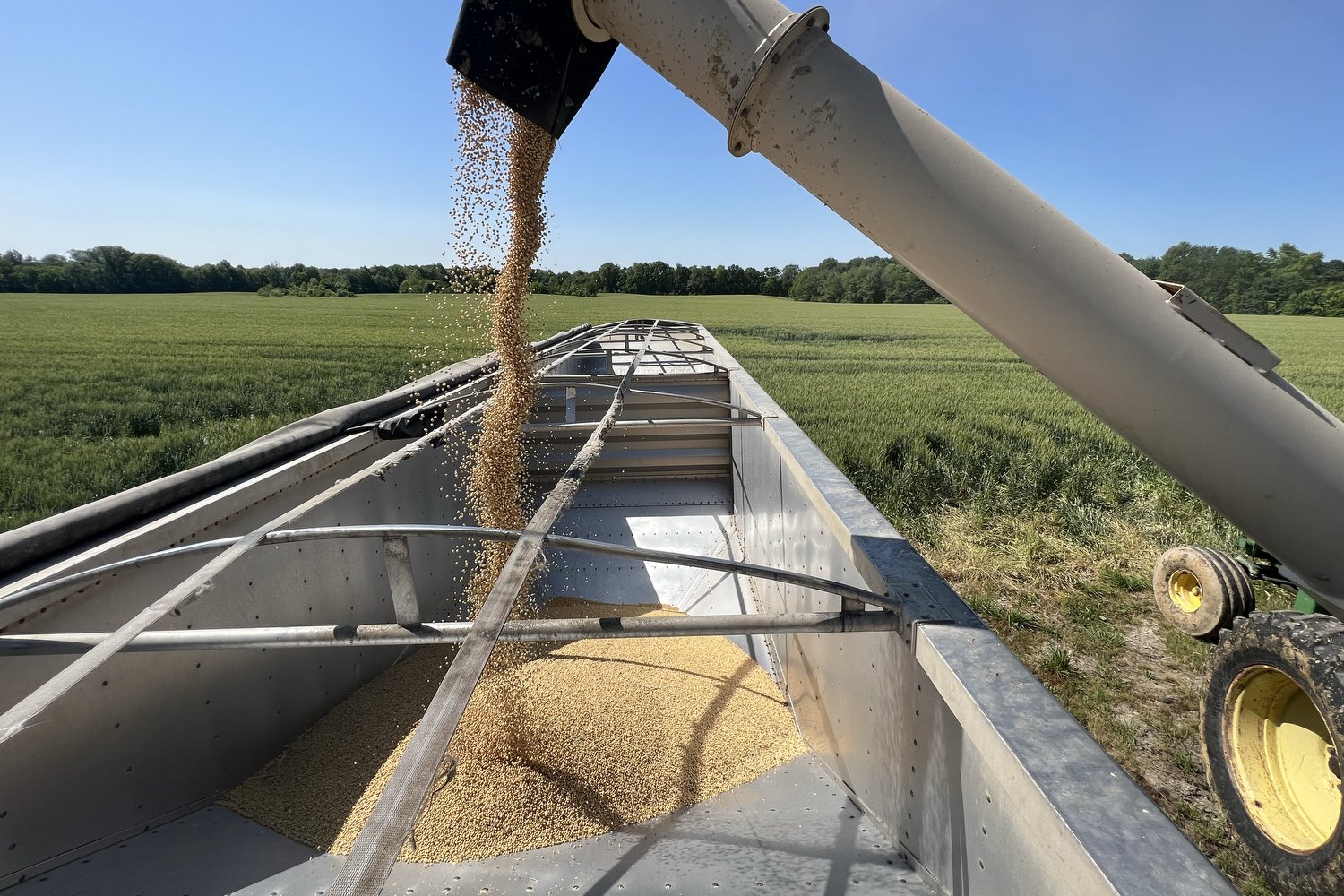Food for Thought
INVESTIGATING THE ENTIRE FOOD system ACROSS CONTINENTS
by Kadir van Lohuizen
Be ready to discover the world behind our food. Where is our food produced? And how is it distributed around our world?
In this new project, photographer and filmmaker Kadir van Lohuizen follows the entire process in Kenya, the USA, Saudi Arabia, the United Arab Emirates, China and the Netherlands, his home country. The large scale and efficiency of most food companies evoke as much respect as they raise questions: what are the effects of these production and consumption chains on the planet? And how future-proof are they? Food for thought, indeed.
Starting from his home country the Netherlands, which is the second agricultural exporter in the world, van Lohuizen investigates the impact our food consumption has on the environment, public health and economy.
Food Production is responsible for at least 25% of global greenhouse emissions, putting increasing pressure on the world’s food supplies. Desertification, droughts, wildfires, floods and rising seas are leading to loss of land and decreased yields.
The climate crisis is not the sole disruptor of our food supply chain: the outbreak of Covid-19 showed that pandemics are very much related to what we eat and how we eat it and It has brought food uncertainty to the West’s doorstep, as much as the war in Ukraine and disruptions to the Suez Canal have more recently highlighted how global food distribution truly is.
The questions that van Lohuzien had in mind were simple: what are we doing to build more resilient and agile food systems that can adapt to a changing environment and respond to disruptions? Can we produce locally? Where will the next decade lead us? More mega-farms? Vertical farms in cities? Or even an animal free food production?
“We can feed this planet if we want to, even if there will soon be 11 billion of us, which is encouraging. But with a climate crisis in full swing, causing agricultural areas to dry up or be flooded, the system needs a major overhaul. I have become convinced that the way we’re doing things in many places won’t be sustainable in the longer or even the shorter term. The good news is that we can change it if we want to, and governments can also take the lead, particularly by providing farmers with alternative perspectives.”
Chapters
The Netherlands
Being one of the smallest countries in the world and at the same time the second agricultural exporter in the world seems to be a paradox. Food production in the Netherlands per acre is among the highest in the world thanks to innovative techniques to grow crops in greenhouses and the intensive use of farmland.
Next to that, indoor farming in cities like Amsterdam, is developing very fast and seems to be a promising solution.
70% of vegetable seeds in the world find their origins in the Netherlands. The Netherlands is one of the biggest tomato producing countries in the world, mostly for export. Piglets are mainly exported to China and on average 90% of the onions are exported to Asia and Latin America. Paradoxically the Netherlands import onions back. Most soy is imported from Brazil and the US to feed Dutch livestock.
“With world population expected to reach almost 10 billion in 2050, agricultural intensification—increasing yields while decreasing the amount of land and water we use to grow food—drives Dutch farmers and researchers’ efforts to help feed the world.”
China
China is becoming a major food producer and exporter in the world using greenhouses covering extensive land surrounding the (new) cities, underground indoor farms, but also mega-farms with up to 150,000 cows.
Urban food delivering services are changing the landscape of how people consume.
Shouguang is the world’s largest greenhouse area, producing vegetables for more than 60 million people. Shanghai is currently building an even larger area.
China has only 7% of the world’s arable land, while it feeds 21% of the world’s population. A shortage of farmland has moved farmers into 15-story tower communities.
A few years ago China acquired Syngenta one of the world’s largest producers of vegetable seeds for €45 billion.
Saudi Arabia & UAE
The United Arab Emirates and neighbouring Saudi Arabia both have a dry, desert climate. In competition with each other, the two countries are trying to become independent from importing food. With growing populations, food security is a major issue.
How are these countries trying to achieve self-sufficiency despite the lack of fresh water and arable soil?
“400%
growth in food production in
Qatar since the 2017 blockade by
the Saudi coalition.”
“ 80%
of food in the UAE is imported. ”
Although in both cases most of the country is unsuitable for agriculture (merely 1% in Saudi Arabia and 5% in the United Arab Emirates), they have set an ambitious target. Saudi Arabia aims not just to be self-sufficient, but to become the region’s premier exporter of agricultural produce.
Fresh water in these areas comes from desalination plants that are expansive, use a lot of energy and are very polluting.
With water-saving devices such as vertical farming, sealed greenhouse systems and innovative irrigation, increasing amounts of food are being produced locally.
The latest technology, experts and knowledge are being sourced from abroad, and much of this expertise is from the Netherlands. With a plentiful supply of oil, money is no object.
United States
The United States produces and exports the most meat in the world; in the US, the largest ranch currently has 250,000 head of beef, and is poised to be expanded to 500,000.
The climate crisis is causing increasingly extreme weather in the United States. Drought, floods, forest fires and tornados have resulted in failed harvests and depleted farmland.
One of the main causes of climate change is methane. And one of the principal sources of this greenhouse gas is cattle. Yet in the USA eating less meat is not one of the priorities. Americans consume an average of 120 kilos of meat a year, each. By contrast in the Netherlands, meat pro capita consumption is an average of 38 kilos.
In America the search is on for new ways to provide the population with food in the future.
New high-tech ways of growing vegetables are being tried, such as vertical farms. Or do more traditional methods hold the solution, like the permaculture of the Lakota people?
The behemoth U.S. livestock industry produces more of the potent greenhouse gas than the energy industry. About 40% of methane emissions in the U.S. comes from livestock production, one of the main causes for the climate crisis.
Kenya
Kenya became the vegetable garden of Europe. French beans, spring beans, avocados, broccoli, cauliflower, mangos, basil, oregano and many more vegetables, herbs and fruits are all produced for export to the EU. Almost all is airfreight.
The biggest vegetable farm in Kenya is 250,000 hectares.
Due to its tropical climate Kenya has multiple harvests and with wages as low as $2-3 dollars per day, it is often still cheaper to produce there then in Europe.
Nile perch is another big export commodity. It killed all native species in Victoria lake, but the fish is not consumed in Kenya but almost entirely reserved for European markets.
In Europe it’s often sold as white fish.
PHOTO BOOK
The stories that Kadir van Lohuizen has developed on the global food system have been put together in the photo book Food for Thought. In this book - which can also be seen as a food atlas - Van Lohuizen compiles his images. For the book, extensive data research was done, which was translated into unique infographics.
Exclusive signed editions and prints now available for pre-order on our webshop for a limited time!
EXHIBITION
A multimedia exhibition on Food for Thought is currently on show at the National Maritime Museum in Amsterdam, The Netherlands.
From November 3, 2023 to January 5, 2025
The National Maritime Museum
Kattenburgerplein 1, Amsterdam
Opening hours: Mon to Sun 10am to 5pm















































